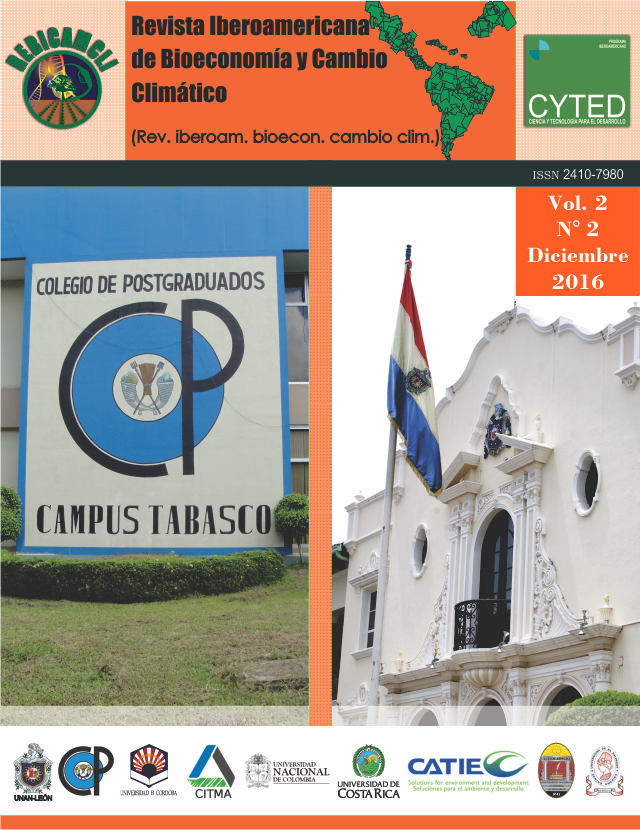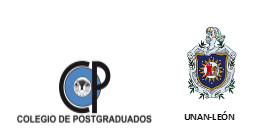The United States: a historical and sinuous obstacle in the evolution of Central American integration
DOI:
https://doi.org/10.5377/ribcc.v2i4.5929Keywords:
intervention, Foreign policy, Regional integration, Nation -StateAbstract
Central American unity has always been the desire of some states and leaders of the region, and some have even offered their valuable lives to be part of the recent independent history of the republics. But the fascinating thing is that the different imperialist interventions have made it possible for the Central Americans themselves to seek a solution to their problems, peace and unity of the region, development and economic growth. A valuable example was the signing of the Charter of San Salvador that creates the Organization of Central American States (ODECA) and is the basis for the signing of the Tegucigalpa Protocol creating the Central American Integration System (SICA); Practically with this initiative the first regional organization in Central America begins to work after the Central American Federal Republic broke. The different justifications for intervening in the region, especially in Nicaragua, on the part of the United States of America are multiple and with various inconsistencies. The United States since 9/11 has expressed its desire for a modern political society, that is, free of caudillos; Manifesting a clear opposition and intervening in some occasions the model of Government of Reconciliation and National Unity promoted by the president Daniel Ortega Saavedra.Downloads
698
HTML (Español (España)) 0
Published
How to Cite
License
Copyright (c) 2016 Rev. iberoam. bioecon. cambio clim.

This work is licensed under a Creative Commons Attribution-NonCommercial-ShareAlike 4.0 International License.
Copyright © Rev. iberoam. bioecon. climate change (Graduate School and UNAN-León, School of Agricultural and Veterinary Sciences / Department of Agroecology / Center for Research in Bioeconomy and Climate Cahnge (CRByCC).







